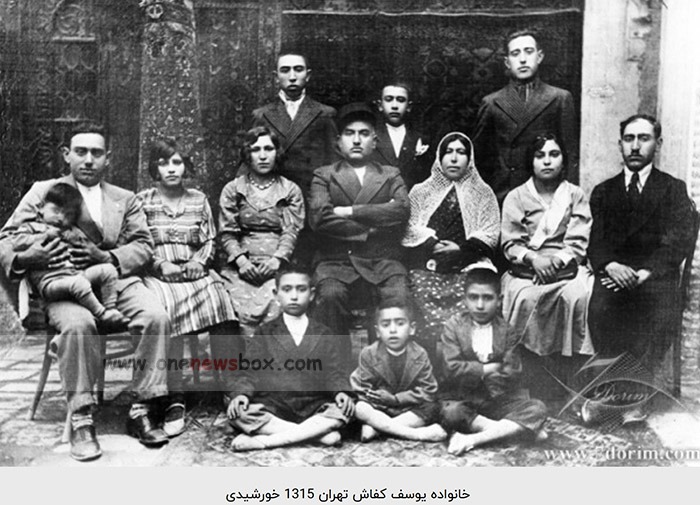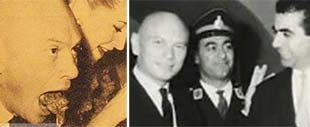After the conflict between the gaons over the position of Ras Goliath, which led to the disappearance of this position, the Jewish community in Iran suffered greatly. This period coincided with the emergence of new sects such as the Karaites and the uprising of people such as Obadiah Abu Isa the Jew, who undertook revisions in Judaism, all of which were defeated by the resistance of gaons such as Saadia Gaon.
During the Islamic era, the pressure of heavy tributes forced the Jewish community to leave the villages and move to the cities, a migration that continued into the modern era. This change in the Jewish community made them dominant in trades and industries.During the Ghaznavids and Seljuks, the Jewish community continued to grow, with many of them entering the courts of these governments. Among them, we can mention Ishaq, who was in charge of the Balkh lead mines in the court of Sultan Mahmud of Ghaznavi, and several Jews who were involved in civil affairs in the administration of Khwaja Nizam al-Mulk al-Tusi.
Like other Iranians, the Jews suffered greatly during the Mongol conquests, but the disappearance of religious boundaries during this period gave them the opportunity to actively participate in government affairs, to the point that during the reign of Arghun Khan, a man named Saad al-Dawlah attained the position of minister. During the reign of Arghun Khan’s successors, the jizya was re-established, and the Jews were persecuted, persecuted, and plundered. Timur the Lang also ordered, according to Ibn Arab Shah, to destroy Muslims and Dhimmis alike.

